The NCAA as we know it is crumbling behind courtroom doors
Once the Supreme Court essentially told the NCAA, “Hold up. Y’all can’t stop players from making money; that’s definitely against the law and just kinda messed up in general,” decades’ worth of crap hit the Big Ass fan. You’ve seen some of the splattered mess playing out already. Stud mid-major transfers who likely don’t have the raw athleticism to make it to the NBA or NFL, are fishing big bucks from the power conference school with the deepest pockets, and yet, is impossible for anyone to evaluate actual worth. However, below this surface-level chaos, a tsunami of explosives is brewing, and sooner rather than later, it is going to drown the NCAA as we know it.
On3’s Eric Prisbell did a masterful job breaking down the seven major lawsuits and court cases the NCAA faces, each of which carries a ginormous potential impact on the landscape of college athletics. More than that, it could mean billions (that’s plural, with a B) in payouts. The NCAA is huge and all, but not many organizations out there can afford this level of cash wringing and survive.
We are on the precipice of perhaps the most massive shift in collegiate sports in a generation and yet, it is all happening slowly, silently, and behind closed courtroom doors.
How we got here
NIL started nice and innocent. Even ardent opponents of paying college players would concede that a local car dealership should be allowed to use its favorite university’s point guard in a commercial. The same common sense payments would apply to a fan dishing out $20 for an autograph or the team shop selling a player’s jersey with their name on the back. That is, after all, what NIL stands for. Players have the right to make money off their name, image, and likeness.
However, we as humans immediately abuse everything we touch, and NIL is no different. The wholesome campus pizzeria Instagram ad turned into collectives organized by millionaire boosters. Now to compete, schools are having to reach out to fans directly to contribute to a nebulous slush fund with very little transparency as to how the money is distributed and how much the total pot is.
Right now, all of this is fresh and new, so the average fan is willing to join the school-sponsored collective. After all, you get a free T-shirt!
Call me a naysayer, but this model does not reek of sustainability. Is it going to be the norm 10 years from now that having a decent backup center requires the majority of fans to pony up a $25 monthly subscription? That seems to misplace the financial burden when recently bloated TV broadcast contracts generate eight-figure revenue streams for major conference schools.
That leads us to the biggest and most daunting lawsuit out there right now, revenue sharing.
Wait, the NCAA might have to share revenue with players?
ESPN reported the NCAA and opposing plaintiff lawyers are in deep discussions to settle a lawsuit that, if taken to trial, could result in over $4 billion in back pay to thousands of student-athletes. Most settlements are meet-in-the-middle, one-time payments, but in this case, the compromise would be to lay the framework of a future revenue-sharing model.
The details are far from settled, but early discussions indicate that the power conferences may be forced to divvy upwards of $15 to $20 million annually across its players in all sports. That sounds like a huge win for players and it is, but it gets messy when you realize schools have to determine how that bucket of cash is split. Do revenue-generating sports like football get a larger cut? How about women’s sports and does Title IX apply here?
No one knows the answer to this because, without an act of Congress (literally, not figuratively), it would be up to the discretion of each athletic department. However, to avoid future lawsuits, the new framework will almost assuredly include a collective bargaining requirement.
Hypothetically, the way this would work is similar to pro sports. A team of agents representing the players would meet with the NCAA or individual conferences to agree on how a specific subset of money would be dispersed to the athletes. Once a deal is made, it will be in place for a handful of years and then renegotiated based on any perceived unfairness or to adapt to changes in the financial landscape.
If you are unhappy having to fork over your own cash to an NIL collective, this is likely the best-case scenario for you.
Perhaps not. Athletes and schools would welcome more money and now that these are established it may be hard to take them away. But coughing up a monthly fee will be a much tougher sell when fans see a $20 million NCAA revenue share.
Regardless, in order for revenue sharing to happen, players may need to become employees of the school, something the NCAA is adamantly against.
Should student athletes be school employees?
Multiple courts across the nation hold cases seeking a resolution on whether or not student-athletes should be considered employees of the school. On one hand, in order to collectively bargain, becoming employees seems like a prerequisite. However, at least in theory, they could be treated as independent contractors, similar to your Uber driver.
Then again, some states are stricter than others on the delineation between an employee and an independent contractor and, again, dependent on the state, hold different requirements for each designation.
The idea of a student working and getting paid by a school is really not that uncommon. There are all sorts of student jobs: resident advisors, teacher assistants, and library workers. No one bats an eye at the fact these students are collecting paychecks from the university. Converting players into employees would be similar, except instead of breaking down classroom tables, they’d be breaking down defenses.
This is another decision that might make it up to the US Supreme Court after the Dartmouth basketball team voted to unionize. Regardless of the decision, having a unified understanding of the rules will help tremendously.
So, how will all this play out?
Like most instances analogized to fecal matter being strewn into warehouse fans, no one knows how this mess will end. However, most people would agree the current wild, wild west model of big donors and common fans alike throwing money into opaque coffers with prospective players demanding, in secret, astronomical chunks of this undisclosed piggybank is not a long-term solution.
Like all successful compromises, both sides in these cases have to stop being so stubborn. They need to sit down at the kitchen counter over some of Grandma’s meatloaf and work this out.
First, the NCAA must come to the chilling realization they are on the wrong side of history here. They unlawfully withheld money from athletes for too long and finally got caught with both hands in the enormous cookie jar full of TV broadcast money.
At the same time, players, agents, and lawyers can’t act like kids ransacking a candy store whose owner fell asleep at the register.
Are they rightfully due money? Of course. But generations of NCAA greediness are what got us into this mess; equivalent starvation for the maximum dollar on the other side is not going to get us out. It will take stern and honest voices coming to an agreement for this all to work out and no one knows exactly what that outcome will be.
We might not have to wait long, though. A glimpse into the future might be unveiled in 2024. With the $4 billion trial set to begin in January 2025, the NCAA has a deadline to reshape its entire existence, whether it wants to or not. The institution you’ve known your entire life is crumbling behind closed courtroom doors and everyone is eager to see what degree of mangled it will be when it steps into the light after this settlement.
Okay, so what about Kentucky sports?
While traditionalists out there will forever bemoan kids for making money because that’s not how it was when they were younger, the vast majority of these fans still turned on every game and rooted with the same fervor they did in the pre-NIL era. And they should! The Kentucky name across the chest doesn’t lose value just because the net worth of the player wearing it has increased.
In fact, in a weird, backward kind of way, if a salary-cap type of system is what shakes out from all of this, then many of the same reasons players chose Kentucky over other schools in the past may shine through once again. History, tradition, relationship with coaches, national TV relevance, and fan enthusiasm all become important factors if competing schools are offering the relatively same amount of money.
Of course, some power conference schools may overpay some players, but a key thing to remember is the innocent version of NIL isn’t going away either. AT&T is still going to pay Kentucky’s power forward a six-figure contract to do a commercial during March Madness. The Kentucky brand will attract more lucrative non-school-related NIL money than, let’s say, Arkansas.
Even better for Kentucky fans, Mark Pope, at least thus far, appears to be agile enough to jump through these hoops. In this environment, you need a leader who is willing and able to adapt rapidly to change, and Pope’s adjustment to the modern basketball landscape has been on full display in his short time as the Wildcat head coach.
Mark Stoops, too, has been at the forefront of the NIL, advocating to anyone who will listen about its importance to field a competitive football team.
The ancient ruins of the NCAA are crumbling, but Kentucky is still in a great position to be successful as college sports start to rebuild in a brand-new modern world.

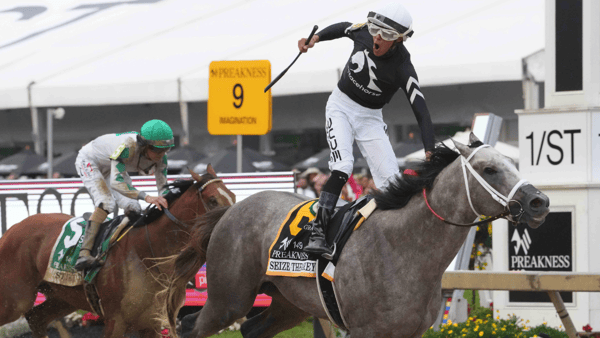
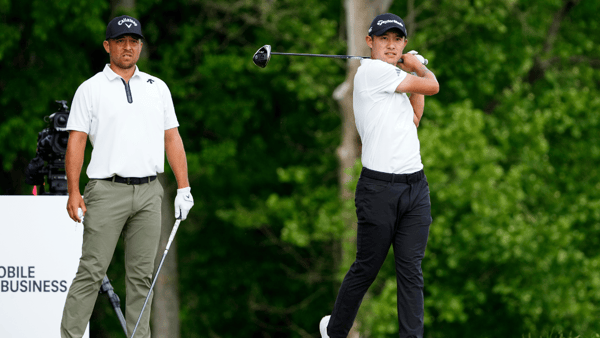
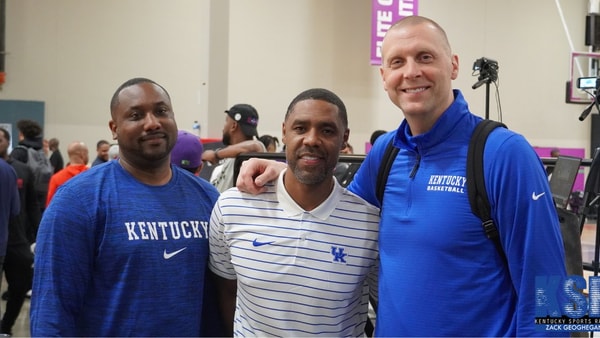
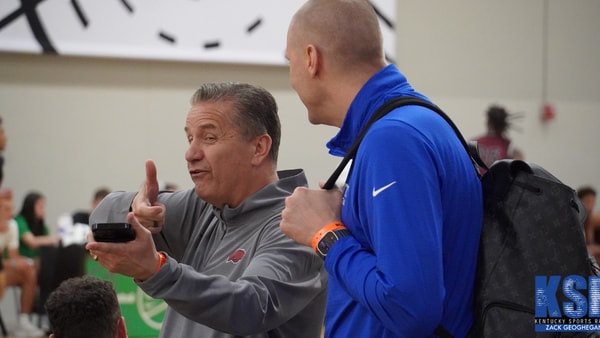
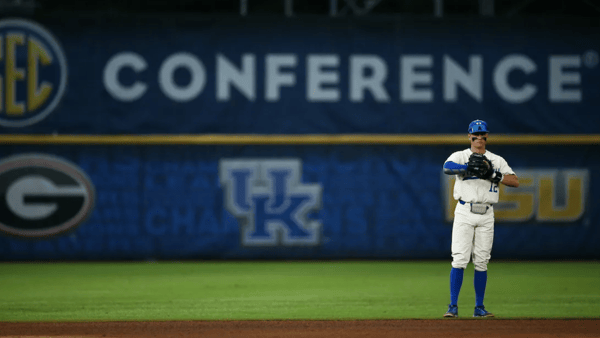
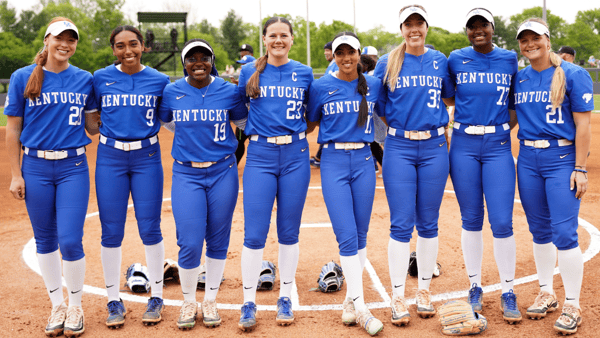
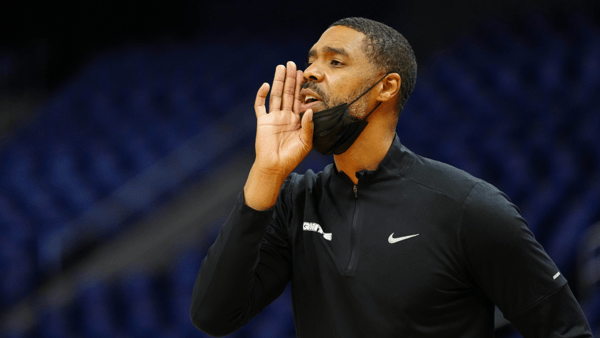
Discuss This Article
Comments have moved.
Join the conversation and talk about this article and all things Kentucky Sports in the new KSR Message Board.
KSBoard